Climate Change and Local Weather: Understanding Their Impact on Our Environment
Muhe - Wednesday, 30 July 2025 | 03:00 AM (WIB)
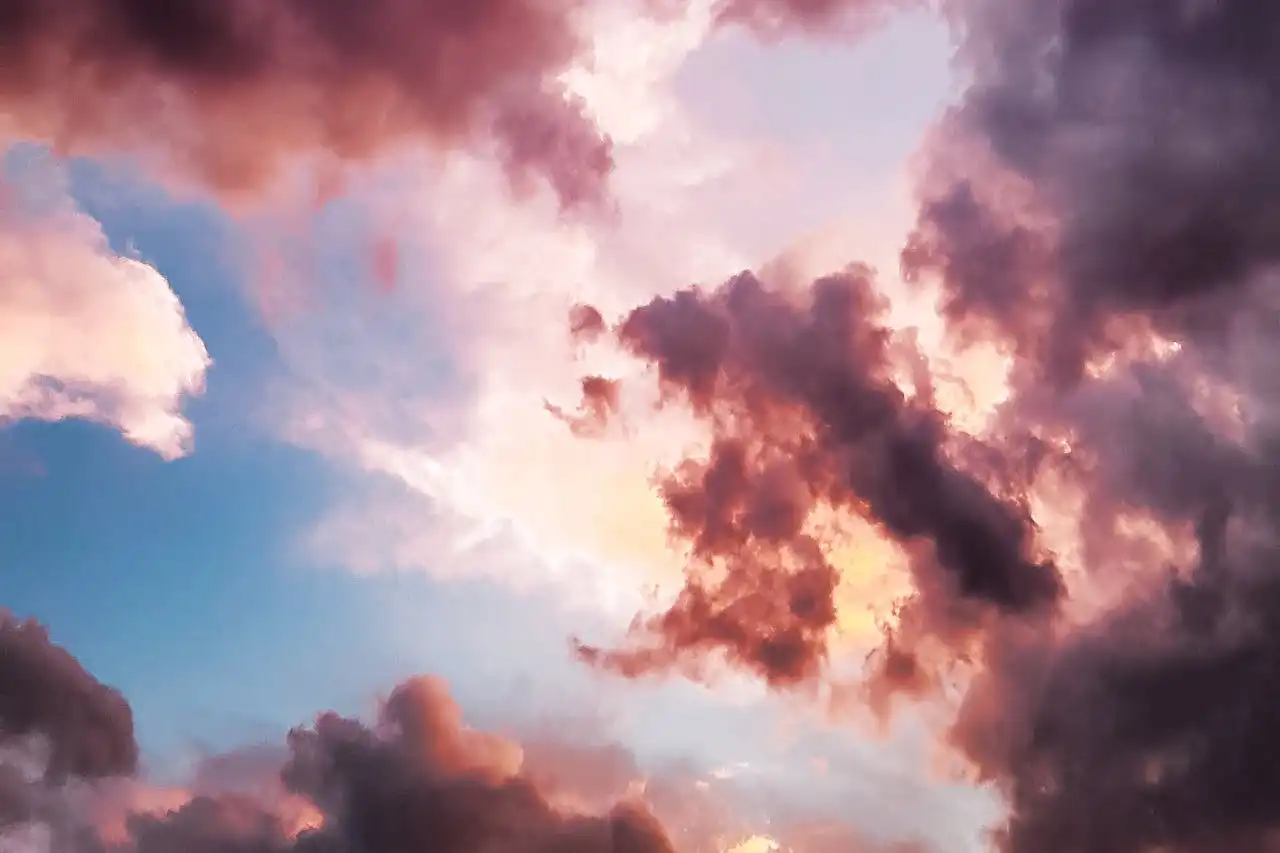

The Big Picture vs. The Daily Grind
Let's clear something up right away. Think of it this way: weather is what outfit you wear today – sunny, rainy, chilly. Climate is your entire wardrobe – the average of all your outfits over, like, twenty years. Climate change isn't just one really hot day. It's the long-term trend of your wardrobe getting warmer and wilder, meaning you need more shorts and fewer sweaters, and maybe a really good umbrella for those unexpected deluges. Scientists are super clear on this: while one weird day isn't 'climate change,' a steady pattern of weird days absolutely is a symptom.For ages, we’ve relied on pretty stable patterns. Farmers knew when to plant, gardeners knew what to expect, and we all had a general vibe for what a particular season felt like. Now? It feels like nature’s throwing curveballs. We're talking about a fundamental shift in the planet's atmospheric thermostat, primarily driven by human activities like burning fossil fuels. This extra heat energy isn't just warming things up; it's also turbocharging our weather systems, making them less predictable and often more extreme.How Climate Change "Loads the Dice"
Imagine a game of dice. In the past, the dice were fairly weighted. You’d get a good mix of numbers. Now, because of climate change, it's like someone’s slipped in some loaded dice. You’re still going to roll some normal numbers, but you’re suddenly getting a lot more sixes – and by 'sixes,' I mean extreme weather events. The planet's atmosphere is holding more heat and more moisture, and that extra energy has to go somewhere. The result? We see more intense heatwaves, heavier rainfall in shorter periods, and sometimes even more powerful storms.Think about it: a warmer atmosphere evaporates more water, and then that water has to come down somewhere. So, instead of a gentle, all-day rain, you get an hour-long deluge that can cause flash floods. Conversely, in other areas, the heat can bake the land, leading to more frequent and severe droughts. It's a cruel paradox: too much water in some places, not enough in others. This isn't just bad luck; it's the climate system getting amped up.Local Impacts: What We're Seeing Right Here, Right Now
So, what does this actually look like on our doorstep? Plenty. We’re living through it.- Sweat-Soaked Summers: Those killer heatwaves aren't just uncomfortable; they're a health risk, especially for kids and the elderly. Our cities, already concrete jungles, become urban ovens, trapping heat and making nighttime relief a distant dream. Air conditioning bills go through the roof, and just existing outside feels like an Olympic sport.
- Wild Water Works: Remember that "all-day drizzle" being a thing of the past? Now it’s either bone-dry for weeks, turning everything brittle and increasing fire risks, or it’s a sudden, biblical downpour that overwhelms storm drains, floods underpasses, and wreaks havoc on homes. Our local infrastructure, built for historical weather patterns, is struggling to keep up.
- Supercharged Storms: From hurricanes and typhoons that seem to pick up more energy over warmer oceans to intense thunderstorms that bring golf-ball-sized hail, storms are getting more ferocious. The sheer destructive power is often magnified, leading to more widespread damage and longer recovery times for communities.
- Nature's Rhythm Out of Whack: It’s not just the dramatic stuff. Think about cherry blossoms blooming way too early, or certain bird migrations shifting. Our local ecosystems, from our backyard gardens to nearby forests, are sensitive. When seasons become less distinct, or when extreme events hit, it disrupts everything from plant growth cycles to insect populations, which can have ripple effects up the food chain.
Beyond the Obvious: Subtle Shifts
It's not always headline-grabbing floods or wildfires. Sometimes, the changes are more subtle but no less impactful. Earlier spring thaws can make ski seasons shorter and affect water supplies downstream. Later autumn frosts might extend growing seasons for some crops, but they can also confuse plants that rely on cold snaps for dormancy. Allergy seasons are getting longer and more intense because plants are loving the extra warmth and pumping out more pollen for longer periods. It’s like the natural calendar got reprogrammed, and we’re all just trying to catch up.The Human Element: Our Role and Response
Look, there's no sugarcoating it: we humans are a huge part of this story. Our industrial revolution, our reliance on fossil fuels, our deforestation – it's all contributed to the atmospheric changes we're seeing. But here’s the thing: if we’re part of the problem, we can totally be part of the solution too. Understanding how global climate change translates into a wonky spring or a brutal summer in our own towns is crucial. It brings the abstract concept right to our front door. It stops being about polar bears (as much as we love them!) and starts being about our commute, our garden, and our kids' outdoor playtime.The conversation needs to shift from "Is it happening?" to "What are we going to do about it?" This means not just reducing our carbon footprint globally – though that's massive – but also thinking locally. How do we design our cities to cope with more extreme heat? How do we manage water better when floods and droughts are both on the rise? How do we protect our local natural spaces from these growing pressures?What Can We Do?
It can feel overwhelming, like a massive problem too big for any one person. But every little bit truly helps. Supporting policies that push for renewable energy, making smarter choices about what we consume, advocating for greener infrastructure in our communities, and simply talking about it with friends and family – these are all steps. Awareness is power. When we understand the connection between that global warming trend and the strange weather knocking on our door, it becomes a lot more tangible, a lot more real.The Forecast for Tomorrow
Our local weather isn't just going through a phase; it's evolving, spurred on by a changing climate. It's a fundamental shift that requires our attention, our innovation, and our collective action. The more we understand these intertwined forces, the better equipped we’ll be to adapt to the changes already underway and to build a more resilient future for our communities. So next time the weather does something wild, take a moment. It's not just a random act of nature; it's a whisper, or sometimes a shout, from a planet trying to tell us something important.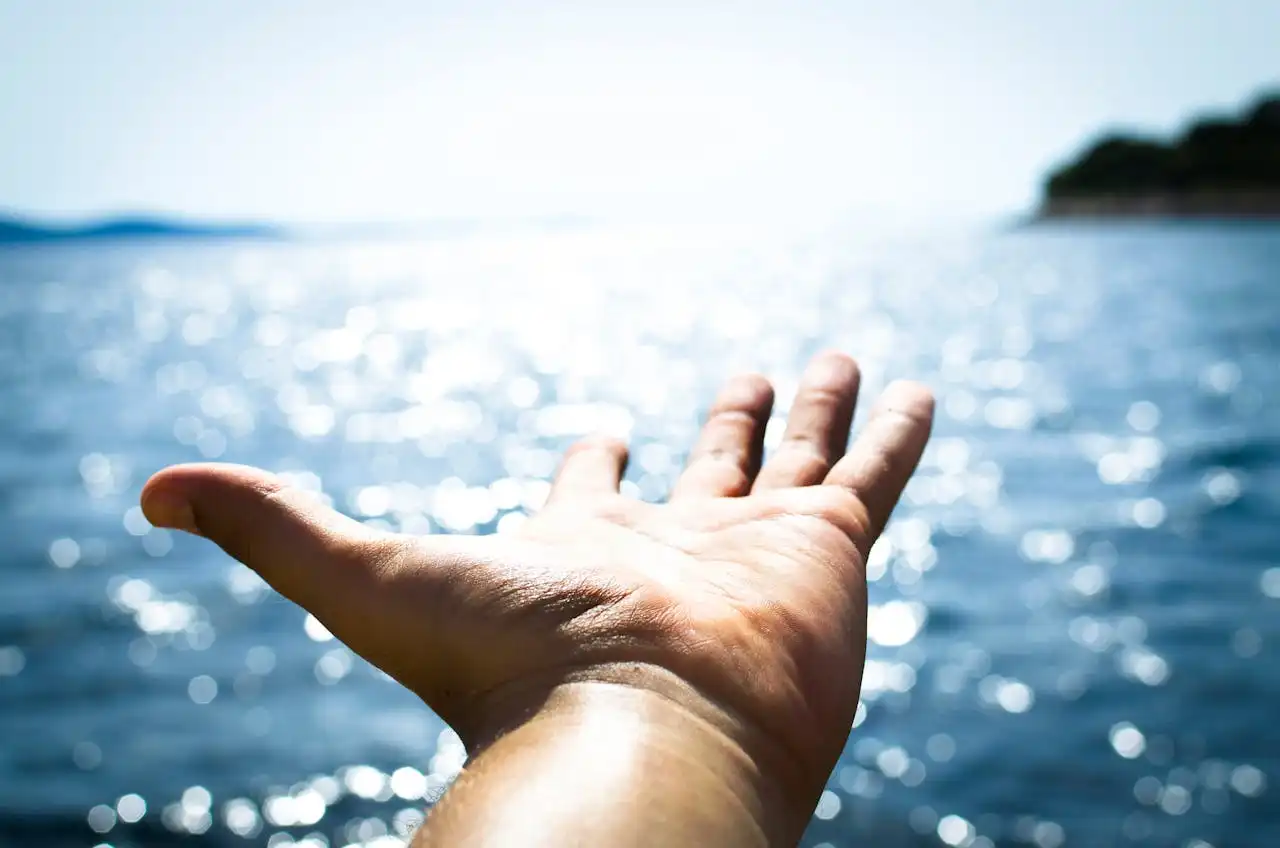
Your Weekend Won't Recharge Itself: A Guide to Crushing the Energy Reset
2 months ago
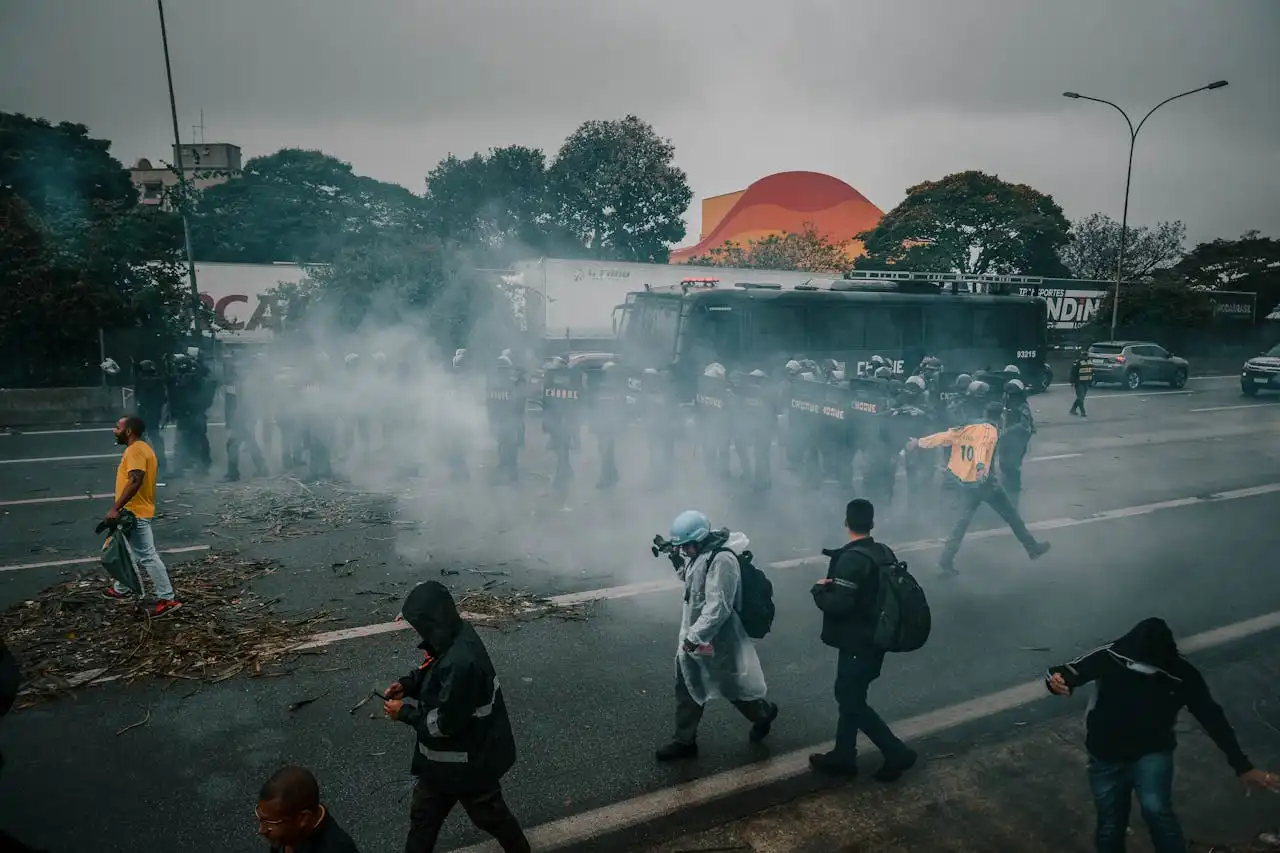
The Hidden Horrors of Tear Gas: More Than Just a Fleeting Sting
2 months ago
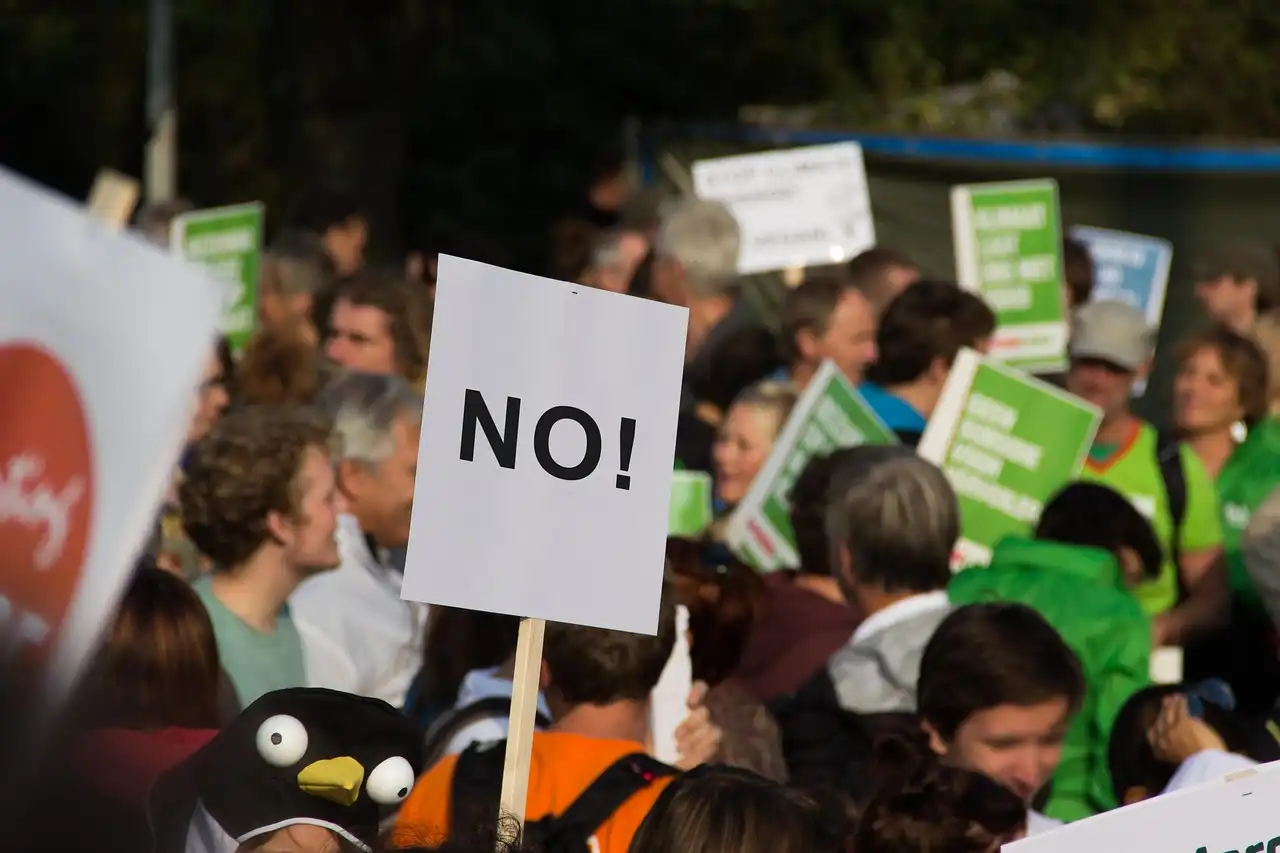
1312: The Meaning, Origin, and Social Context of the Notorious Number
2 months ago

The Digital Tightrope: How Social Media Puts a "Double Burden" on Today's Teens
2 months ago

Say Goodbye to Awkward Texts: WhatsApp Unveils Your New AI Writing Coach
2 months ago
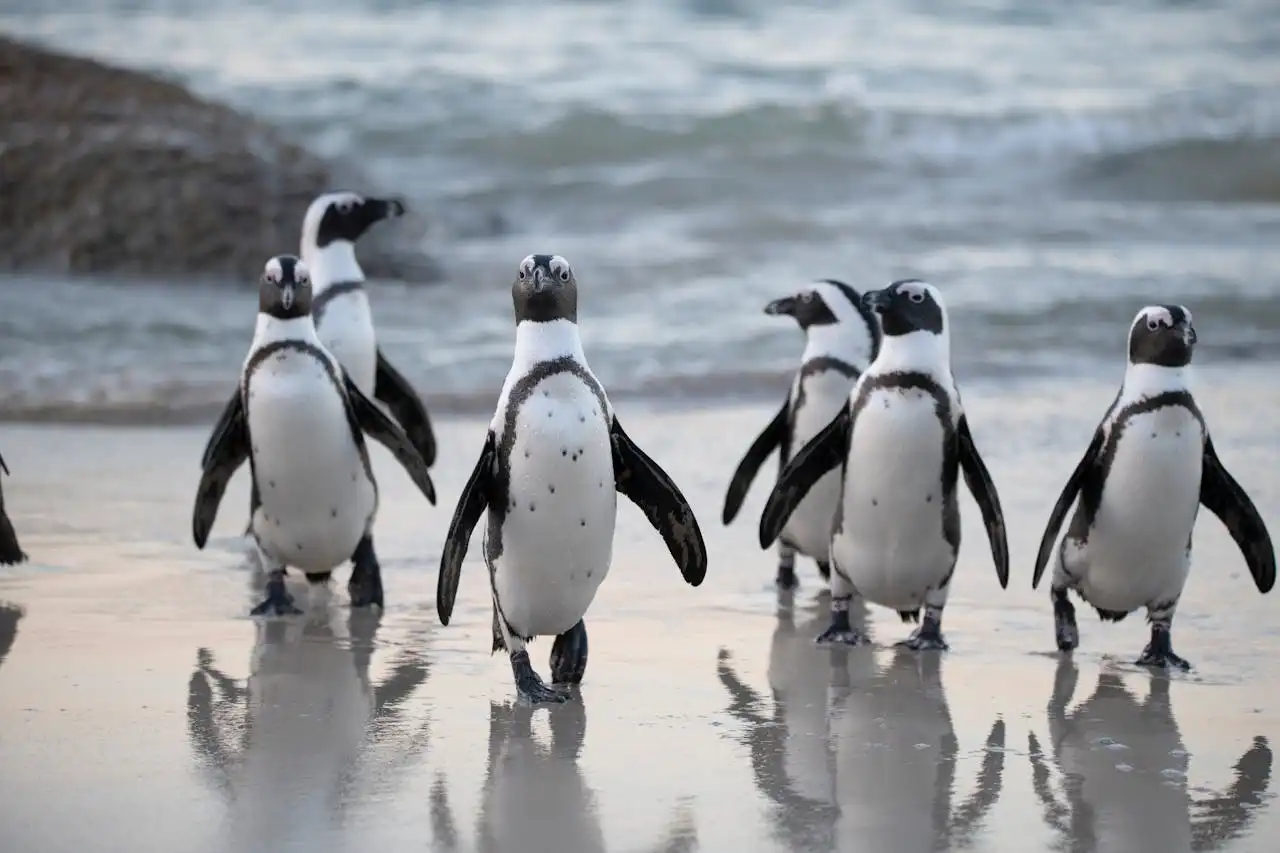
The Secret Weapon of Penguins: Why Their Poop is More Impressive Than You Think
2 months ago

NVIDIA Crushes New Record, Yet Market Concerns Still Exist Over "AI Bubble"
2 months ago

Your Cosmic DNA? Unpacking How Zodiac Signs Shape Who We Are
2 months ago
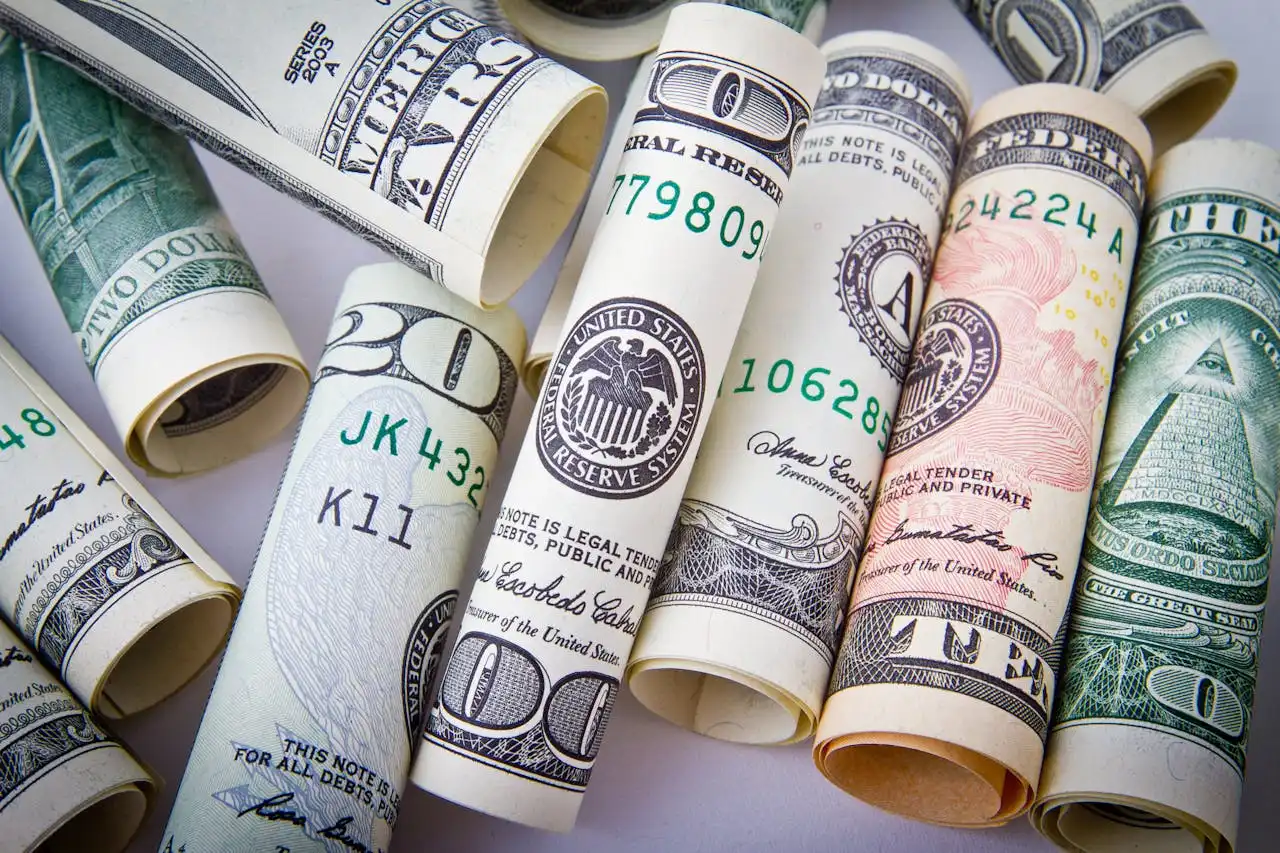
The Siren Song of Easy Money: Why We Can't Resist
2 months ago

Unplug and Recharge: Your Guide to Escaping the Gadget Grip
2 months ago
